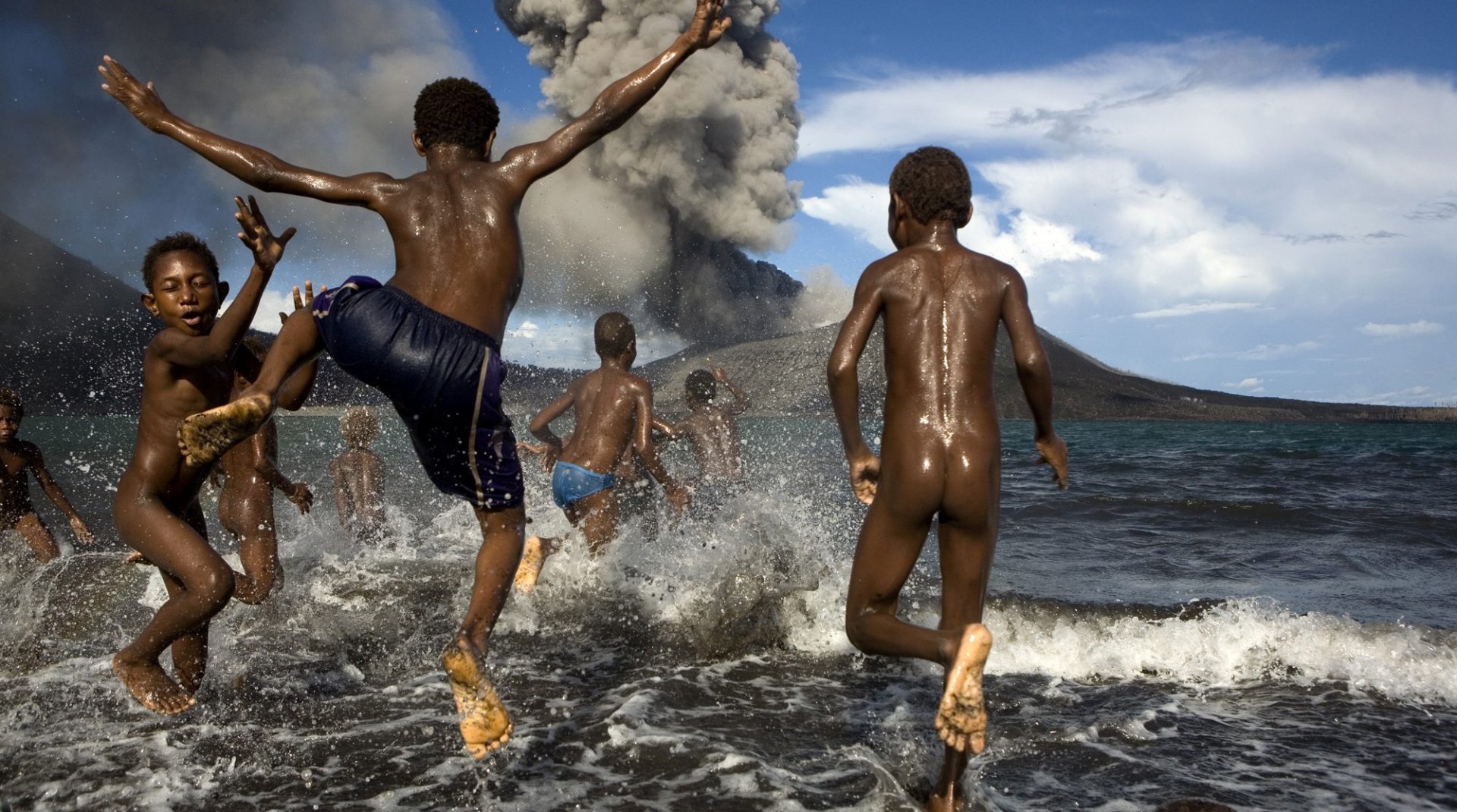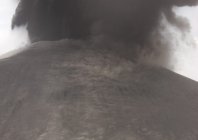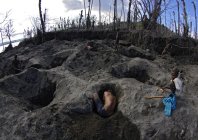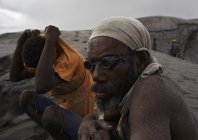
Ash City - Fifteen Years of Ash: a Story of Survival, Hope and Persistence
Ulla Lohmann
One of the most beautiful places in the South Pacific, and an extremely popular tourist destination, was Rabaul in Papua New Guinea. That was until September of 1994, when the city was destroyed by the eruption of Mount Tavurvur, sending ash thousands of feet into the air, covering streets, fields and buildings, and ultimately causing more than three-fourths of the constructions in the city to collapse.
Fifteen years later, people still live in the ruins of the past, hoping that one day Rabaul will again become the paradise it once was. Since 2001, Ulla Lohmann has made several trips to Rabaul, documenting the people as they live with the constant threat of the volcano. Her images tell the story of not just the destruction caused by the eruption, but also of the hope, persistence and resilience of the residents of Rabaul.
Preview




The Conflict Dust everywhere: in the streets, the market, the wharf, the harbor, the hospital. The government wants to resettle the population, to close down businesses, but the people ignore the order. Where would they go? The government has already closed down the school on Matupit Island, and the children now spend their days in the rubbish dump, searching for anything useful. Will the volcano ever stop belching ash? The people pray, and the churches are flourishing in the midst of the destruction. The story tells of strong ties to the homeland, the land of their ancestors, and their sense of belonging. Even in such dire circumstances, the people remain attached to their homes, and have great faith that one day their paradise will return.
The Characters The Matupit Islanders live less then two kilometers from the volcano which destroyed their livelihood. The acid rain and constant ashfall have killed their gardens and contaminated the drinking water. The government has granted the islanders new land, but most are determined to stay on Matupit where their ancestors are buried.
The Megapodes are chicken-like birds that lay their eggs in the volcanic ash where the heat incubates them. The hatchlings are the most developed birds on earth and can fly as soon as they emerge. The islanders dig the slopes of the volcano for eggs, and on a good day, around fifty men take hundreds of eggs, which are then cooked in the hot springs and sold at the market.
The Owner of Kaivuna Hotel has persevered. He has the pool cleaned, the roof swept, the staff well trained, and his hotel in running order, knowing that guests can return at any moment.
The Survivors and Dreamers are the Chinese, Australian and New Zealand community, most born in Rabaul, and still hoping for a return to the glorious days when Rabaul had a flourishing yacht club, golf course, prestigious hotels, alcohol, cigars and girls. They are very different, economically and culturally, from the Matupit Islanders, and from the other residents of Rabaul City. The more affluent ones have electricity, while others spend their evenings in the dark; the affluent send their children to private schools, and some have sealed off part of their homes from the dust, and live in air-conditioned comfort.
Ulla Lohmann




